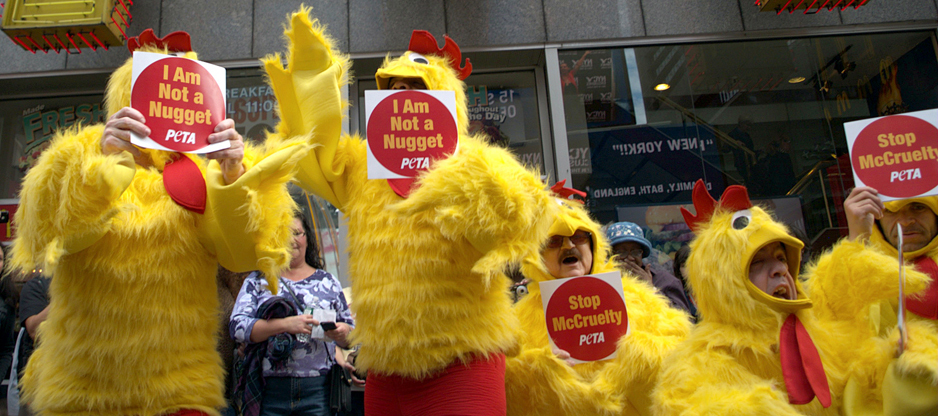| << Chapter < Page | Chapter >> Page > |

Why does deviance occur? How does it affect a society? Since the early days of sociology, scholars have developed theories that attempt to explain what deviance and crime mean to society. These theories can be grouped according to the three major sociological paradigms: functionalism, symbolic interactionism, and conflict theory.
Sociologists who follow the functionalist approach are concerned with the way the different elements of a society contribute to the whole. They view deviance as a key component of a functioning society. Strain theory, social disorganization theory, and cultural deviance theory represent three functionalist perspectives on deviance in society.
Émile Durkheim believed that deviance is a necessary part of a successful society. One way deviance is functional, he argued, is that it challenges people’s present views (1893). For instance, when black students across the United States participated in sit-ins during the civil rights movement, they challenged society’s notions of segregation. Moreover, Durkheim noted, when deviance is punished, it reaffirms currently held social norms, which also contributes to society (1893). Seeing a student given detention for skipping class reminds other high schoolers that playing hooky isn’t allowed and that they, too, could get detention.
Sociologist Robert Merton agreed that deviance is an inherent part of a functioning society, but he expanded on Durkheim’s ideas by developing strain theory , which notes that access to socially acceptable goals plays a part in determining whether a person conforms or deviates. From birth, we’re encouraged to achieve the “American Dream” of financial success. A woman who attends business school, receives her MBA, and goes on to make a million-dollar income as CEO of a company is said to be a success. However, not everyone in our society stands on equal footing. A person may have the socially acceptable goal of financial success but lack a socially acceptable way to reach that goal. According to Merton’s theory, an entrepreneur who can’t afford to launch his own company may be tempted to embezzle from his employer for start-up funds.
Merton defined five ways people respond to this gap between having a socially accepted goal and having no socially accepted way to pursue it.

Notification Switch
Would you like to follow the 'Introduction to sociology 2e' conversation and receive update notifications?